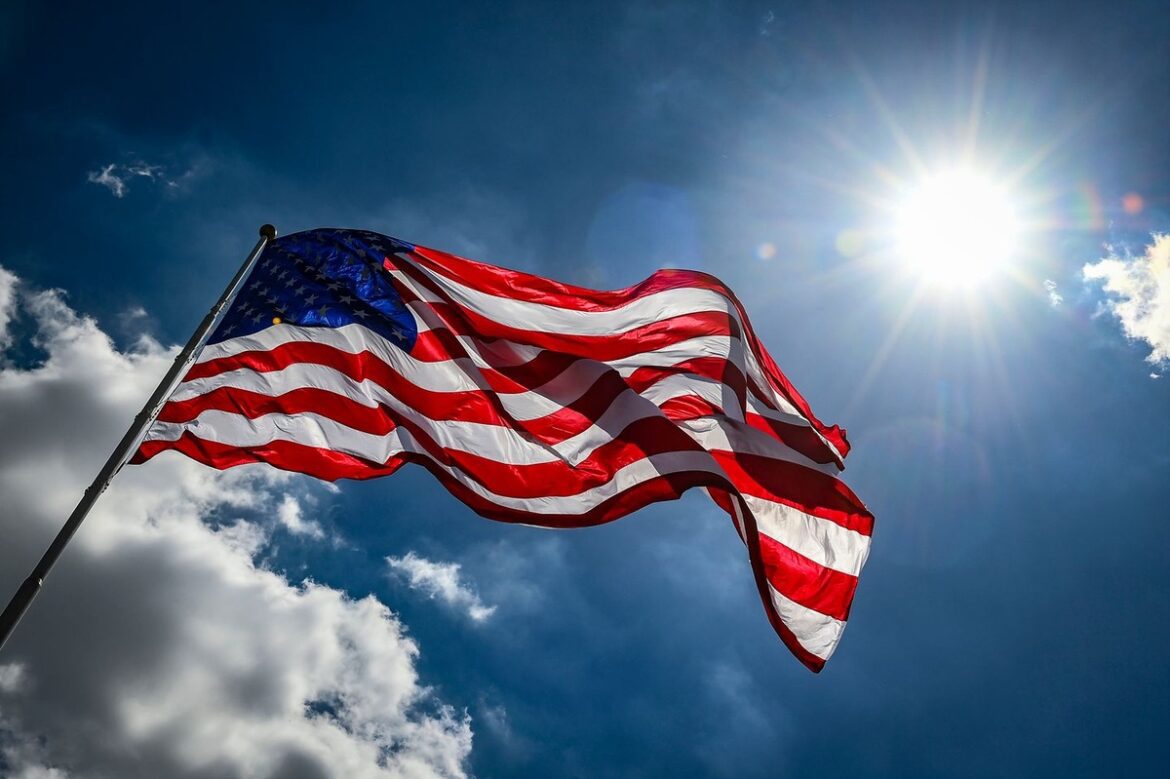The Rise of Formula 1 in the United States: A New Era of Motorsport Engagement
In the last five years, Formula 1 has made significant strides in expanding its presence within the United States, driven by a focused strategy aimed at connecting more deeply with American fans. Stefano Domenicali, the president and CEO of F1, describes this growth as a crucial element in the sport’s overall success. By actively engaging fans not just during race weekends but throughout the year, Formula 1 has managed to create a lasting impact on the American audience.
Domenicali’s insights reveal that F1 has experienced an impressive surge in popularity, with the number of fans in the U.S. now reaching approximately 52 million. This figure reflects a growth rate exceeding 10% since 2024, with many of these fans having joined the F1 community within the last five years. Viewership metrics further underscore this trend; since 2018, the audience for live races on ESPN has doubled, showcasing a growing interest in the championship. These statistics highlight that Formula 1 is more popular than ever, with the American market playing a pivotal role in this development.
A key aspect of F1’s strategy has been the delivery of content and events tailored to the preferences of American sports fans. Domenicali emphasizes the importance of keeping F1 relevant year-round, and the upcoming release of an F1-themed movie is expected to further engage and attract new fans. Furthermore, the anticipated entry of Cadillac, a well-known American automotive brand, into the racing grid in 2026 marks another significant step in F1’s commitment to deepening its roots in the U.S.
Aston Martin’s marketing director, Jefferson Slack, provides additional context on how the landscape for F1 has evolved in the U.S. He recalls the challenges that the series faced in the past, particularly referencing the infamous 2005 Indianapolis Grand Prix, where only six cars participated due to safety concerns. Slack explains that interest in F1 was minimal among American audiences until the arrival of Netflix’s “Drive to Survive.” This popular series has not only revitalized interest in the sport globally but has also played a crucial role in attracting younger fans in the U.S. The demographic shift is evident, with many younger Americans discovering F1 through family connections, as parents watch the races alongside their college-age children.
The intertwining of traditional American sports and the unique global appeal of Formula 1 is a critical factor in the sport’s growing foothold in the U.S. According to John Rowady, the CEO of rEvolution, F1’s success can be attributed to its ability to resonate authentically with American sports enthusiasts. Unlike traditional American leagues that focus on localized teams, F1 offers a global platform that can attract fans from diverse backgrounds. This unique positioning allows F1 to thrive alongside established U.S. sports like the NFL and NBA, which operate within very different frameworks.
Moreover, the number of American brands partnering with F1 has surged, doubling since 2018. By the end of 2024, the number of American-based sponsors reached a record 115, with expectations for further growth in 2025. This influx of partnerships demonstrates the increasing recognition of F1 as a valuable marketing platform for U.S. companies, further solidifying its presence in the American sports landscape.
However, despite these positive trends, there are challenges that Formula 1 must navigate to sustain its growth. As the U.S. market matures, there are signs of a plateau in partnership growth, indicating that while F1 has made significant inroads, further expansion may require new strategies. Slack emphasizes the difference between U.S. sports, which often have deep-rooted local traditions, and F1, which is inherently designed as a global sport. This distinction presents opportunities and hurdles as F1 aims to capture a larger share of the American audience.
Domenicali acknowledges the need for F1 to be respectful of the legacy of American sports while simultaneously carving out its unique identity. With 24 races held across the globe, F1’s model allows it to tap into markets that traditional U.S. sports do not reach. Furthermore, the potential for additional races in the U.S. remains on the table, reflecting the economic viability of expanding F1’s reach in the American market.
Rowady points out that while Formula 1 is experiencing growth, it faces challenges related to fan engagement and monetization compared to established U.S. sports leagues. The sport’s merchandise and entertainment experiences can often feel inaccessible to the average consumer, which may hinder broader audience engagement. Nonetheless, F1’s aspiration as a “lifestyle” brand remains strong, and its appeal continues to attract younger demographics, particularly Gen Z and Gen Alpha.
In terms of demographics, F1 has successfully attracted a younger fan base, with the average age of an F1 fan in the U.S. being between 32 and 35 years old. This is significantly younger than the averages for major American leagues like the NFL, NBA, and MLB, which often see fans in their 40s and 50s. This younger audience presents an opportunity for F1 to cultivate lasting relationships with future leaders and consumers.
As American companies increase their involvement in F1, the sport is poised to leverage the economic potential of the U.S. market. The previous era of sporadic engagement with American fans is behind F1, signaling a new chapter where sustained interest and participation are paramount.
In summary, Formula 1’s journey in the United States reflects a carefully crafted strategy that has successfully engaged a burgeoning fan base. The combination of targeted marketing, strategic partnerships, and authentic storytelling through platforms like “Drive to Survive” has transformed F1 into a significant player in the American sports landscape. As the sport continues to evolve, the potential for further growth remains, with a focus on inclusivity and accessibility at the forefront. The next few years will be critical as F1 navigates challenges while striving to secure its place in the hearts of American sports fans.
